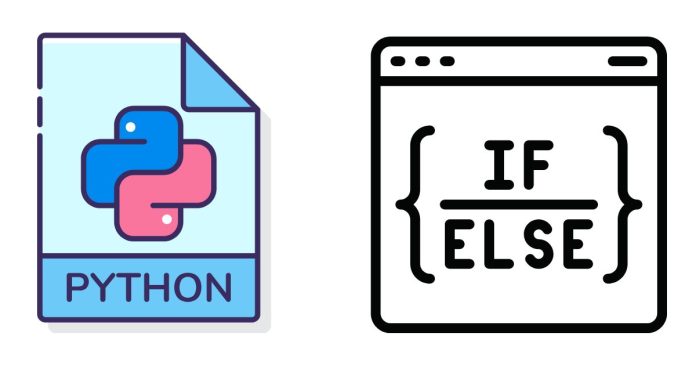In Python, the in keyword is used to check for membership. It is commonly used in an if statement to determine if a specific value exists within a sequence, such as a list, tuple, string, set, or dictionary keys.
Meaning of in in an if Statement
The in keyword checks whether an element is present in a collection (e.g., list, string, dictionary). If the element is found, it returns True; otherwise, it returns False.
Usage Examples
- Checking in a List:
fruits = ["apple", "banana", "cherry"] if "banana" in fruits: print("Banana is in the list!") else: print("Banana is not in the list.")Output:
Banana is in the list! - Checking in a String:
text = "Hello, world!" if "world" in text: print("The word 'world' is in the string!")Output:
The word 'world' is in the string! - Checking in a Dictionary:
person = {"name": "Alice", "age": 25} if "name" in person: print("The key 'name' exists in the dictionary!")Output:
The key 'name' exists in the dictionary! - Checking in a Set:
numbers = {1, 2, 3, 4} if 3 in numbers: print("3 is in the set!")Output:
3 is in the set! - Negating with
not in: You can usenot into check if an element is absent from a collection:vowels = "aeiou" if "z" not in vowels: print("The letter 'z' is not a vowel.")Output:
The letter 'z' is not a vowel.
How It Works
- When
inis used in anifstatement, Python checks each element in the sequence to see if it matches the value. - For strings, it checks substrings.
- For dictionaries,
inchecks keys by default.
Key Points
inis case-sensitive. For example,"A"is not equal to"a"in strings.- Works with all iterables, including lists, strings, tuples, dictionaries, and sets.
- For dictionaries,
inchecks only the keys, not the values.
Example with Explanation
data = {"apple": 5, "banana": 8}
if "apple" in data:
print("Key 'apple' exists in the dictionary.")
if 8 in data.values():
print("The value 8 exists in the dictionary.")
Output:
Key 'apple' exists in the dictionary.
The value 8 exists in the dictionary.
Here:
in datachecks for keys in the dictionary.in data.values()checks for values in the dictionary.
This makes the in keyword highly versatile and commonly used in Python programming.


